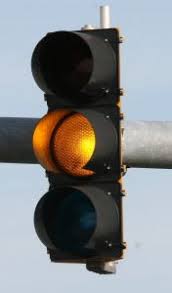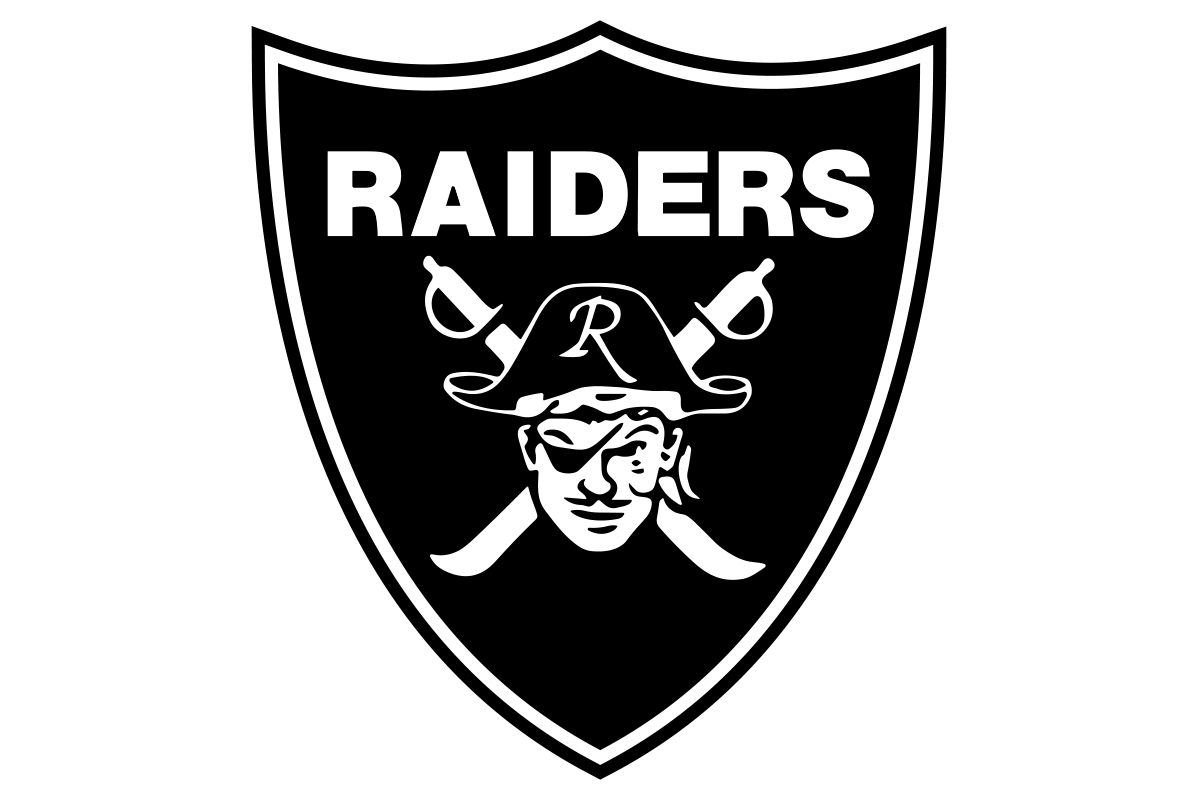Yellow lights cause stress

Yellow lights increase stress on the road.
You’re approaching an intersection and the traffic light turns yellow. Do you slam the brakes to stop or hit the gas and try to rush through the intersection? Most motorists get through intersections safely every day. But just one bad decision can put many people’s safety at risk. It’s a dilemma that motorists have had to deal with since the invention of traffic lights.
“Whatever you do is going to be wrong,” explained Hesham Rakha, a Virginia Tech engineering professor who has studied yellow lights.
You’re trapped in what traffic engineers call the “dilemma zone.”
“A dilemma zone is a zone in which a driver has no correct decision,” Rakha said. “They can neither stop nor run.”
This zone is well known by most every driver on the road.
Both potential solutions to the problem could prove quite the opposite. Slamming on the brakes to try and stop before the intersection could cause a rear end collision. Flooring it and trying to get through the intersection could result in a T-Bone collision if the light turns red or a ticket if a nearby cop feels it necessary. So, like Rakha said, there is no truly safe decision to make when approaching a yellow light.
When faced with this dilemma, most drivers don’t know what to do, and just make a split second decision and hope for the best. In most cases, that is all they can do. However, new technology could offer a possible solution to this problem.
There are several technological advances that could prove helpful with this dilemma. A radar technology will detect approaching cars, and delay the yellow light until cars are at a safe stopping distance. Another possible solution is a warning light that will flash to let approaching drivers know the light is about to turn yellow, so they can make a proper decision.
Although these technologies have not yet been integrated into everyday traffic lights, they are seriously being considered by many traffic engineers. These could be the solutions to the age old problem that has burdened drivers for years.



